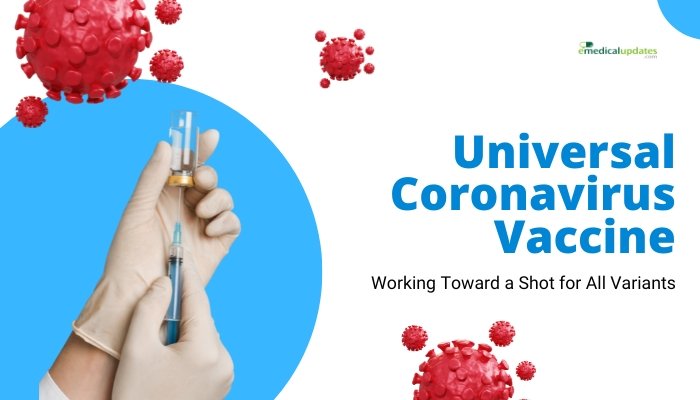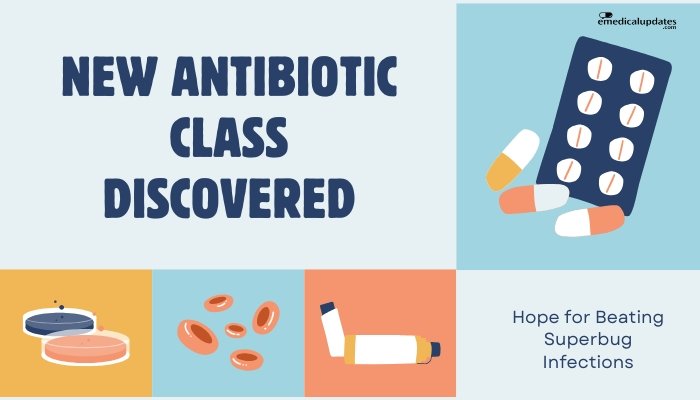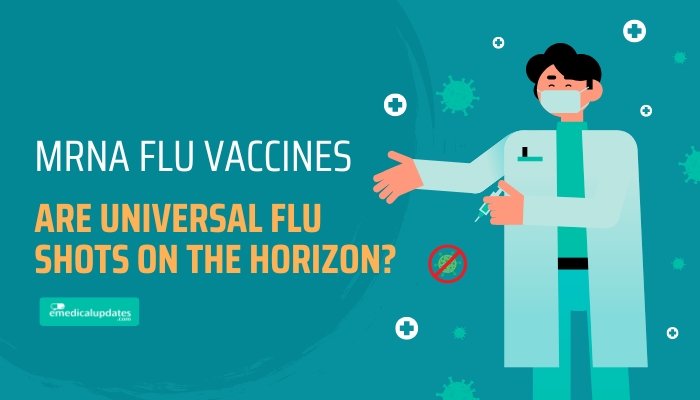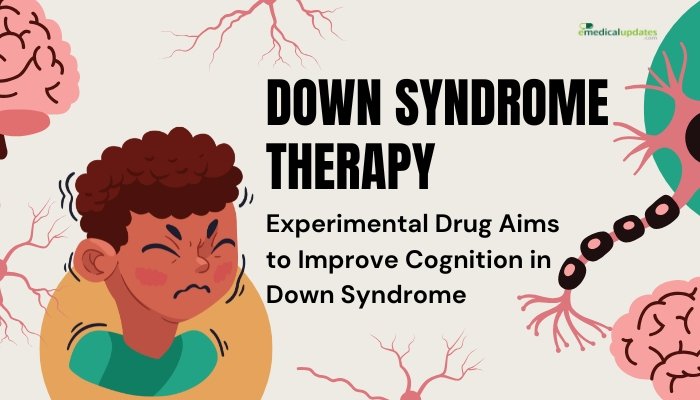Introduction
The COVID-19 pandemic showcased how coronaviruses can rapidly mutate, leading to new variants that sometimes evade existing vaccines. While current SARS-CoV-2 shots remain effective at preventing severe disease, they often require updates or boosters when variants like Delta or Omicron emerge.
The quest for a universal coronavirus vaccine seeks a more durable, broad-ranging immunity that could guard against not only SARS-CoV-2 variants but possibly future coronaviruses as well. By targeting stable viral components and harnessing next-generation vaccine technologies, scientists aim to reduce or eliminate the need for constant vaccine re-engineering whenever a new strain arises.
In this article, we explore the rationale behind a universal coronavirus vaccine, the strategies being investigated, and how this line of research may bolster preparedness for current and potential future coronavirus threats.
Why We Need a Universal Coronavirus Vaccine
Variant Emergence
- Mutation and Escape: Coronaviruses, especially SARS-CoV-2, acquire mutations in their spike protein that can partially evade immunity from previous infection or vaccination.
- Rapid Spread: Highly transmissible variants (like Omicron) can spread globally in weeks, challenging quick updates to vaccine compositions.
- Persistent Pandemic Threat: Continuous circulation of SARS-CoV-2, along with other coronaviruses (e.g., MERS-CoV, seasonal CoVs), underscores the need for an overarching solution.
Beyond SARS-CoV-2
Coronaviruses include multiple families, some causing mild colds while others, like SARS or MERS, have high fatality rates. A universal vaccine approach might:
- Preempt Future Outbreaks: If a novel coronavirus emerges, populations would already have cross-protective immunity.
- Streamline Public Health Responses: Eliminating the cycle of frequent booster updates.
Key Strategies for Universal Coronavirus Vaccines
Targeting Conserved Epitopes
Viral proteins, particularly the spike, have regions that vary but also conserved domains crucial for the virus. By designing vaccines around these stable parts, one can elicit antibodies or T-cells that neutralize diverse strains:
- RBD (Receptor-Binding Domain): Some parts are less mutable, but still subject to changes.
- S2 Subunit: More conserved than S1. Targeting the S2 region of spike might offer broader coverage.
Next-Gen Vaccine Platforms
- mRNA Vaccines: Already proven with COVID-19. mRNA can be rapidly adapted to incorporate broad epitopes from multiple coronaviruses.
- Viral Vectors: Ad-based vaccines can carry mosaic constructs, combining sequences from various coronaviruses.
- Protein Subunits: Synthetic or recombinant peptides focusing on conserved spike segments.
Pan-Coronavirus Approach
Some researchers look beyond SARS-CoV-2 to include other coronaviruses like SARS-CoV-1, MERS-CoV, and even common cold coronaviruses. By blending these antigens, the vaccine might produce cross-reactive antibodies and T-cells that address known and emergent coronaviruses.
Progress and Early Trial Data
Lab and Animal Studies
Studies have tested:
- Mosaic Antigens: Mice or primates immunized with combined epitopes from different coronaviruses. Encouraging results show cross-neutralization of multiple strains.
- Nanoparticle Platforms: Tiny carriers displaying key spike segments from different coronaviruses. Early data indicate broader immune responses.
Human Trials
While a universal vaccine for all coronaviruses is still in early development, some advanced prototypes have entered Phase I or Phase II trials for broader coverage SARS-CoV-2. The main goals:
- Safety and Tolerability: Evaluate short-term side effects and confirm no significant adverse events.
- Immunogenicity: Measure neutralizing antibodies and T-cell responses. Researchers also watch for cross-reactivity against known variants.
Ongoing Challenges
- Defining “Universal”: Achieving near-complete coverage for all present and potential coronaviruses is ambitious. Some vaccines might focus on all SARS-like viruses, but not necessarily MERS or common colds.
- Variant Drift: If new strains mutate outside the targeted conserved regions, coverage might drop.
- Durable Immunity: Eliciting long-term protection is crucial; boosters or repeated dosing might be needed if longevity is limited.
Potential Impact on Pandemic Preparedness
Faster Responses
If future variants or new coronaviruses emerge, a partially universal vaccine may already prime population immunity, potentially blunting severe waves or giving more time to adapt specific boosters.
Reduced Need for Frequent Boosters
An ideal universal shot might dramatically slow the arms race between virus mutations and vaccine updates, leading to fewer booster shots. Minimizing booster fatigue could improve vaccine uptake.
Enhanced Global Health Security
Lowering the probability of large-scale coronavirus outbreaks lessens social and economic disruptions. For low-resource settings, consistent broad protection could be especially transformative, preventing disparities seen with repeated booster rollouts.
Limitations and Next Steps
Technical Complexities
Crafting a vaccine that triggers potent, durable cross-protection is daunting. Coronaviruses’ spike proteins adapt quickly, and essential structural domains might carry sequences that are less immunogenic or hidden from immune recognition.
Regulatory Pathway
Demonstrating real-world efficacy across strains requires extensive trials. Regulators typically require large, diverse Phase III studies or advanced “real-world evidence” as new variants arise.
Public Perception
Convincing communities to adopt an additional universal vaccine can be challenging, especially if COVID-19 fatigue remains. Clear communication about the necessity and benefits will be critical.
Frequently Asked Questions
- Is a universal coronavirus vaccine available now?
- No. Though under development, no broad-coverage vaccine has gained regulatory approval. Some are in early-phase trials.
- Will it replace current COVID-19 boosters?
- Possibly in the future. For now, people should follow existing guidelines with updated boosters. The universal shot remains a longer-term goal.
- How often would I need the universal vaccine?
- Not yet determined. Ideally, protection would last longer, but final dosing schedules await clinical trial data.
- Can it protect against common cold coronaviruses?
- Some projects aim for a pan-coronavirus approach, which may cover certain cold viruses. This feature would require validated cross-neutralizing immunity.
- What is the biggest hurdle to development?
- Achieving broad cross-reactivity. Coronaviruses are diverse, and ensuring coverage for future emergent strains is complex.
Conclusion
The quest for a universal coronavirus vaccine speaks to a broader shift in vaccine science—focusing not just on immediate crisis response but on preemptive immunity against an entire family of viruses. If successfully developed, such a vaccine could limit the frantic cyclical updating we’ve seen during the COVID-19 pandemic, while also arming humanity against future coronaviruses that could spark new outbreaks.
Though still in the research pipeline, emerging prototypes demonstrate cross-reactive immune responses in animal models and early human studies, fueling optimism. As large-scale trials progress, each step forward edges us closer to an era where all coronavirus threats—from seasonal colds to lethal pandemics—are mitigated by a single, robust vaccine solution.
References
-
- Wrapp D, et al. (2020). “Cryo-EM structure of the 2019-nCoV spike in the prefusion conformation.” Science.
-
- Cohen CA, et al. (2022). “Universal vaccine approaches for coronaviruses.” Nat Rev Immunol.
-
- NIAID (2023). “Progress in pan-coronavirus vaccine research.”
-
- WHO. (2023). “Global updates on COVID-19 variant evolution and vaccines.”
-
- Walls AC, et al. (2021). “Broadly neutralizing antibodies and universal coronavirus vaccine design.” Cell.







